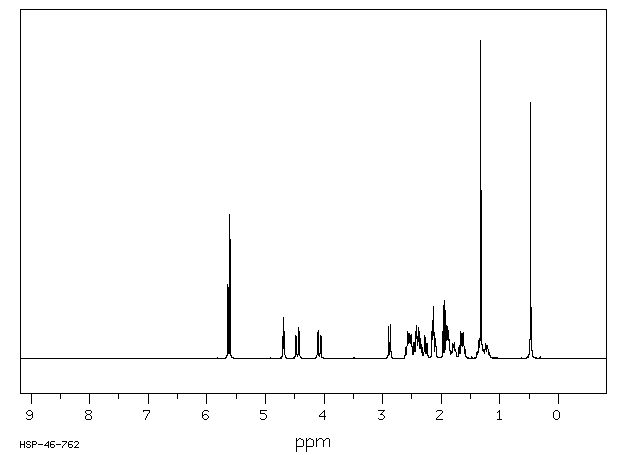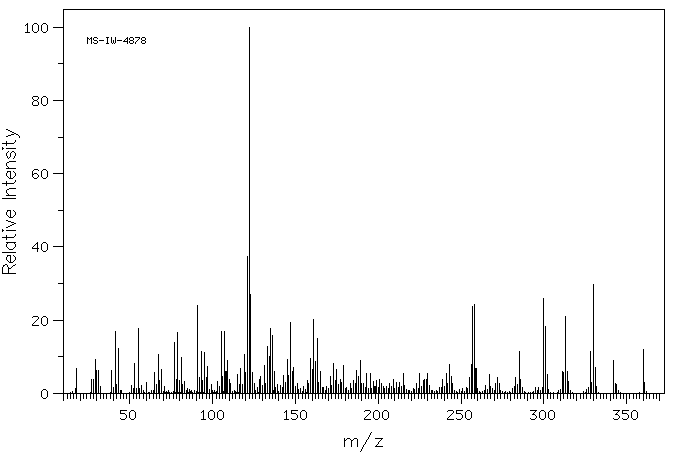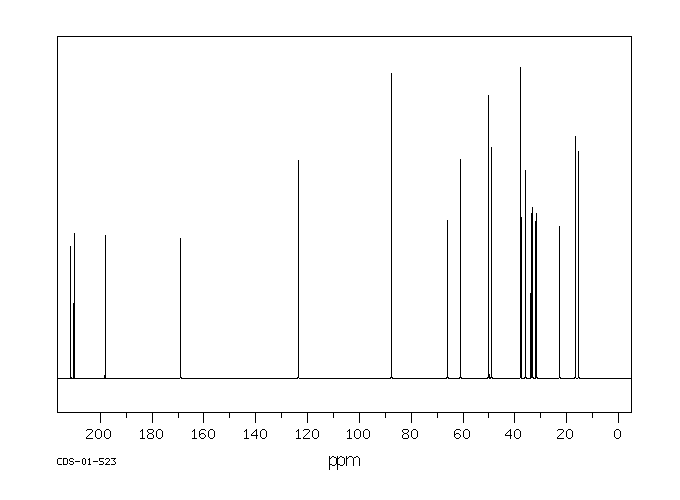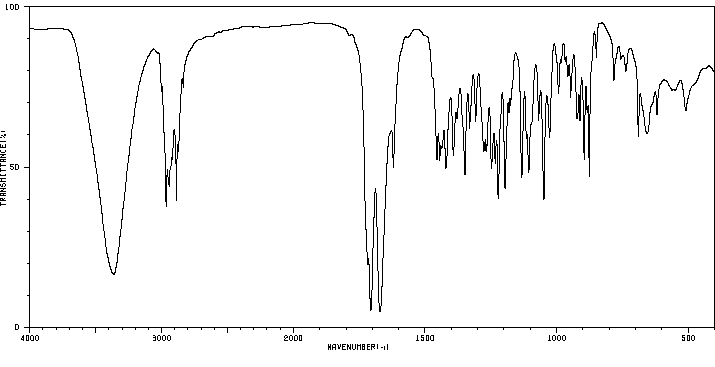毒理性
◉ 母乳喂养期间使用概要:皮质醇是母乳中的正常组成部分,从母体血液进入乳汁,可能在肠道成熟、肠道微生物群、生长、身体组成或神经发育中发挥作用,但缺乏充分的研究。[1] 浓度遵循昼夜节律,早上约7:00 am时浓度最高,下午和晚上浓度最低。[2][3] 尚未研究外源性给药(药理学剂量)后母乳中的皮质醇。尽管大量皮质醇达到婴儿体内的可能性不大,但可能更倾向于使用研究更充分的替代药物。局部注射,例如用于肌腱炎的,不会预期对哺乳婴儿产生任何不良影响,但偶尔可能导致暂时性的乳汁供应减少。
在室温下储存36小时、多次冻融循环或Holder巴氏杀菌法(62.5度C,30分钟)[4][5]都不会影响母乳中皮质醇的浓度。
◉ 对哺乳婴儿的影响:任何皮质类固醇均无报告有影响。
◉ 对泌乳和母乳的影响:截至修订日期,未找到有关皮质醇对血清催乳素或哺乳母亲泌乳影响的信息。然而,据报道,中到大剂量的关节内注射长效皮质类固醇会导致暂时性的泌乳减少。[7][8]
一项对46名在34周妊娠前分娩妇女的研究发现,另一种皮质类固醇(倍他米松,两次肌内注射,每次11.4 mg,间隔24小时)在分娩前3至9天内给药,会导致乳汁生成II期延迟,并在分娩后10天内平均乳汁量减少。如果婴儿在母亲接受皮质类固醇后少于3天或多于10天分娩,乳汁量不会受到影响。[9] 相当剂量的皮质醇可能具有相同效果。
一项对87名孕妇的研究发现,孕期给予上述剂量的倍他米松会导致孕期乳糖分泌过早刺激。尽管增加在统计学上显著,但临床意义似乎很小。[10] 相当剂量的皮质醇可能具有相同效果。
◉ Summary of Use during Lactation:Cortisone is a normal component of breastmilk that passes from the mother's bloodstream into milk and might have a role in intestinal maturation, the intestinal microbiome, growth, body composition or neurodevelopment, but adequate studies are lacking.[1] Concentrations follow a diurnal rhythm, with the highest concentrations in the morning at about 7:00 am and the lowest concentrations in the late afternoon and evening.[2][3] Cortisone has not been studied in breastmilk after exogenous administration in pharmacologic amounts. Although it is unlikely that dangerous amounts of cortisone would reach the infant, a better studied alternate drug might be preferred. Local injections, such as for tendinitis, would not be expected to cause any adverse effects in breastfed infants, but might occasionally cause temporary loss of milk supply.
Cortisone concentrations in breastmilk are not affected by storage for 36 hours at room temperature, during multiple freeze-thaw cycles, nor Holder pasteurization (62.5 degrees C for 30 minutes).[4][5]
◉ Effects in Breastfed Infants:None reported with any corticosteroid.
◉ Effects on Lactation and Breastmilk:Published information on the effects of cortisone on serum prolactin or on lactation in nursing mothers was not found as of the revision date. However, medium to large doses of depot corticosteroids injected into joints have been reported to cause temporary reduction of lactation.[7][8]
A study of 46 women who delivered an infant before 34 weeks of gestation found that a course of another corticosteroid (betamethasone, 2 intramuscular injections of 11.4 mg of betamethasone 24 hours apart) given between 3 and 9 days before delivery resulted in delayed lactogenesis II and lower average milk volumes during the 10 days after delivery. Milk volume was not affected if the infant was delivered less than 3 days or more than 10 days after the mother received the corticosteroid.[9] An equivalent dosage regimen of cortisone might have the same effect.
A study of 87 pregnant women found that betamethasone given as above during pregnancy caused a premature stimulation of lactose secretion during pregnancy. Although the increase was statistically significant, the clinical importance appears to be minimal.[10] An equivalent dosage regimen of cortisone might have the same effect.
来源:Drugs and Lactation Database (LactMed)










